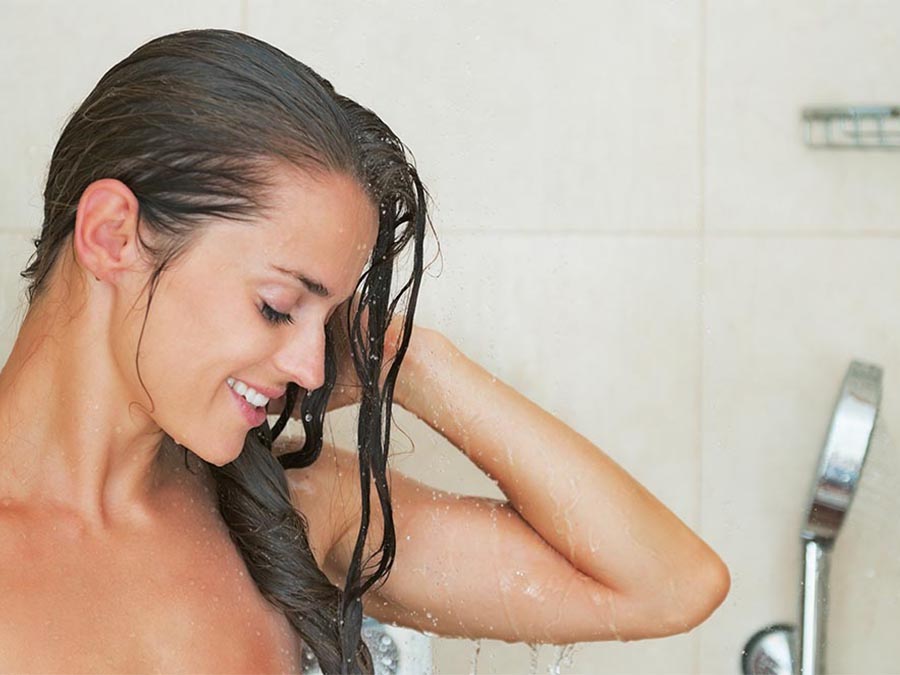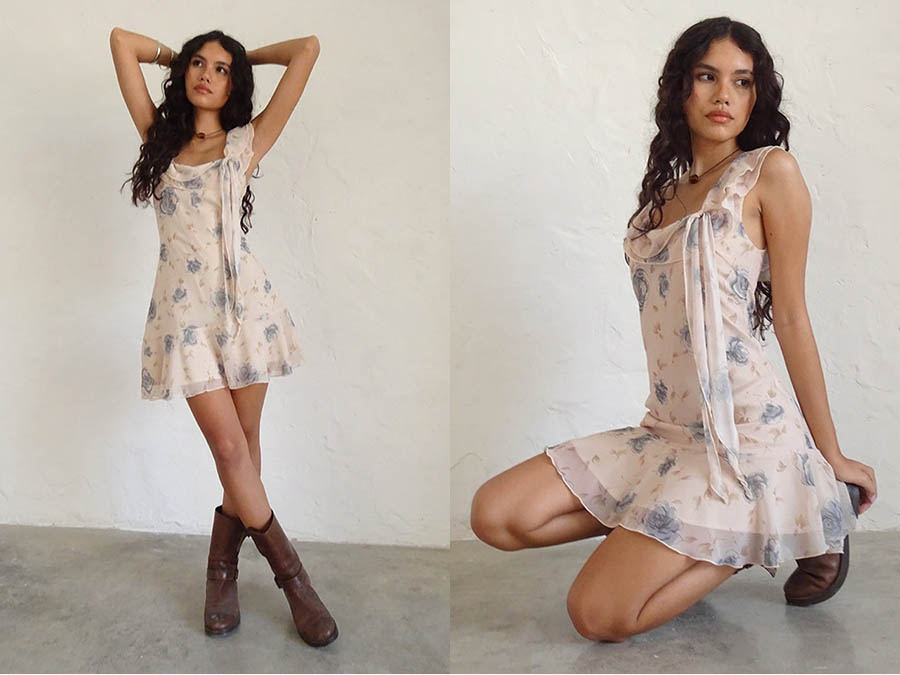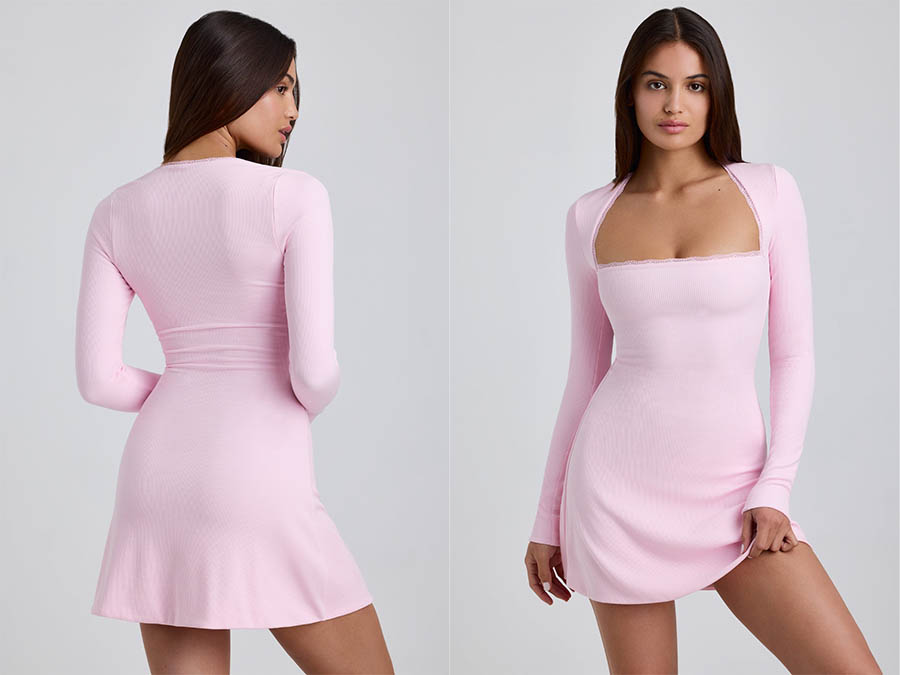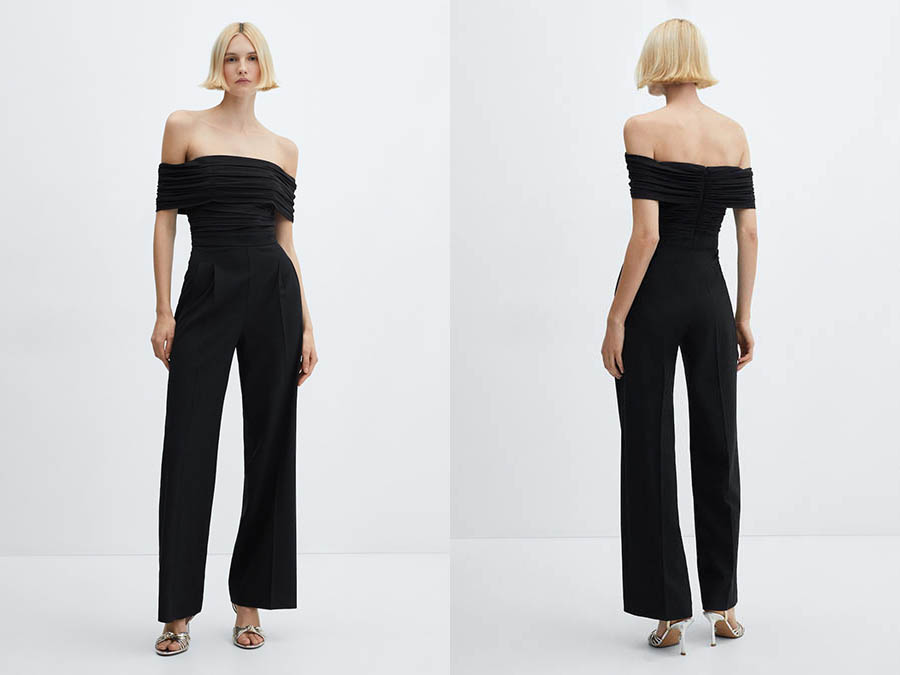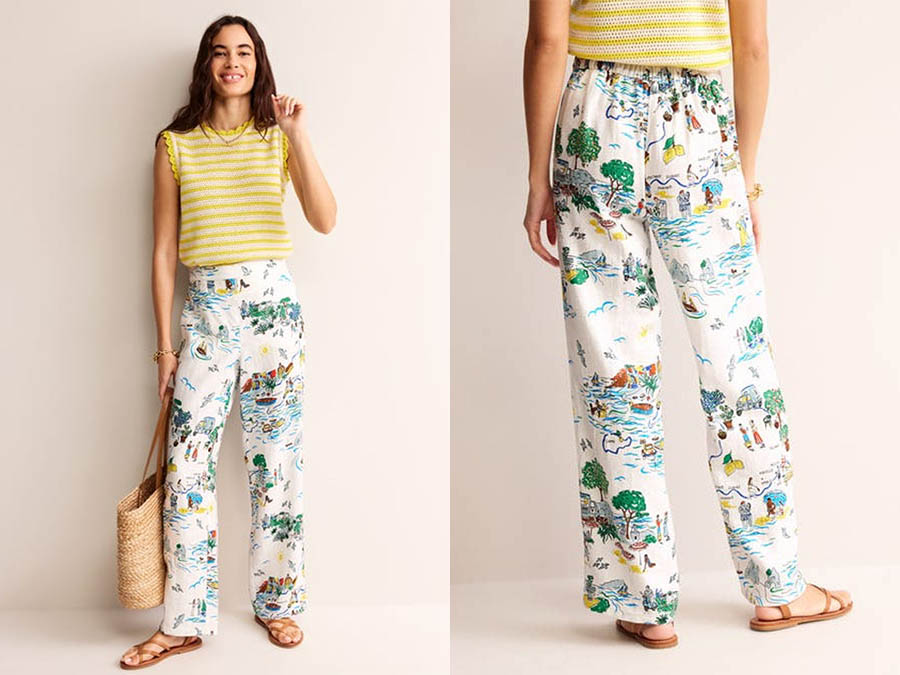How To Reverse Wash Your Hair
Here at Fashion.ie we are going to look at simple ways to explain the benefits of reverse washing your hair. Have you noticed your hair looking limp? Thin? A little on the flat side?
Or maybe it gets greasy too soon after wash day? Whatever the case may be, have you ever thought about how you wash your hair?
If you have never heard of reverse washing, it could be the answer to all of your hair problems. Keep on reading here to find out what you need to know about reverse washing your hair.
What Is Reverse Washing?
You can probably guess just from the name alone. However, if you can’t, reverse washing is exactly what it seems. It implements a reverse order of products by conditioning the hair first and then shampooing.
The theory is that the conditioner will infuse into your hair and nourish as well as hydrate. Since hair is more likely to absorb conditioner’s hydration when first used, reverse washing can be perfect for those of you with thin or fine hair. However, it will not in any way treat the cause of your thinning hair.
The Pros To Reverse Washing
As mentioned, one of the biggest benefits to reverse washing is the hydration. You get the condition of the hair shaft without the layer of conditioner on your scalp.
As well as more hydration, as you are using a shampoo in your final step, any conditioner residue that leads to bad acne will be washed off.
The diameter of your hair will also swell, leading to your hair looking fuller. As your hair can look denser, it can be good for people with thinning or flat hair.
Another benefit is that hair can look cleaner for longer. When you only rinse off your conditioner, your hair can look greasier sooner than with a reverse wash.
The Cons To Reverse Washing
Much like with any beauty technique, there are downsides. While reverse washing can have benefits for certain hair types, those with coarse or tightly coiled hair may not see the same results.
In addition to that, although reverse washing can make hair appear fuller and thicker, it is not a replacement for professional hair loss treatment.
If you notice you are suffering from a great loss of hair density, it is important to intervene early with a specialist.
How to Perform a Reverse Wash
A reverse wash is simple. Rather than starting with shampoo, Start with conditioner after wetting your hair.
Then apply your conditioner from the scalp to the ends of hair. Ensure to massage it thoroughly or combing through for up to 4-5 minutes.
Keep the focus on the bottom two-thirds of your strands where your hair receives the least amount of natural sebum.
Once those 4-5 minutes are over, then rinse your hair with lukewarm water and then wash with a small amount of shampoo. Beauty tip : Think: of using up to a cap size of your shampoo. The simply rinse.
So How Often Should You Reverse Wash?
If reverse washing your hair normally works for your type of hair, work away. The fact here is that if you think reverse washing is beneficial for your hair type then try it every time you wash your hair.
Final Word On Reverse Washing
Reverse washing can be carried out on all different hair types. From fine, flat or dry hair, it can work for you. For those of you with coarse or really curly hair, shampooing out your conditioner may eradicate the moisture in your hair that conditioner provides.
That being said, by applying a final coat of conditioner between the shampoo and your final rinse, can coat your hair strands with that final dose of hydration.
Even though, it may not deliver enough moisture for those of you with curly hair, reverse washing might not be suitable for your hair type.
One thing we always recommend is to check with your hairdresser to find out what hair-washing remedy is good for your hair type. At the end of the day, who knows better what is good for your hair than your stylist.

